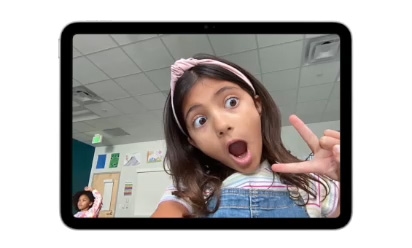


Create pop art.
Create pop artHelp each student capture ideas and express themselves in ways as unique as they are using iPad and Apple Pencil.
Draw inspiration from anywhere.
Draw inspiration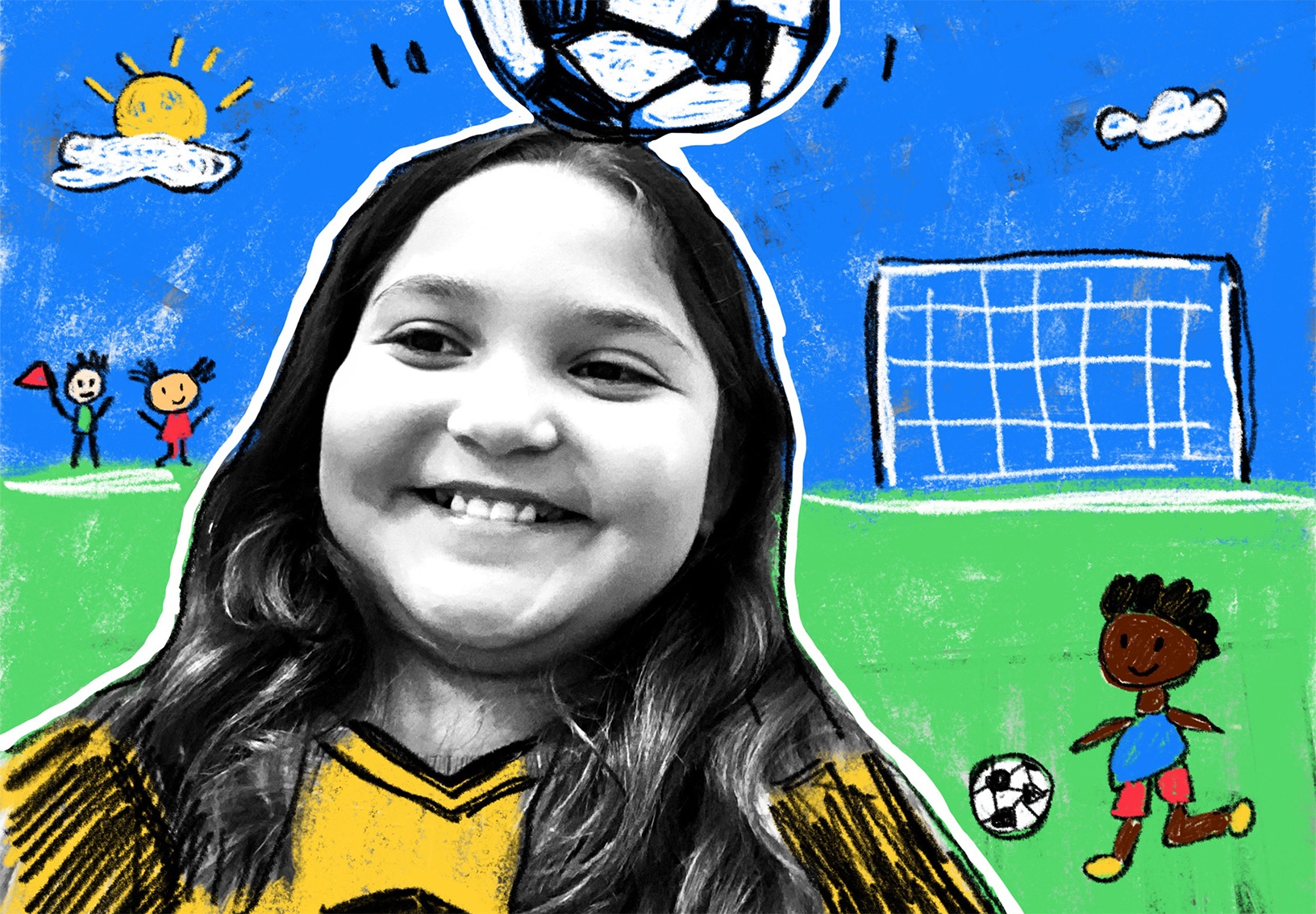
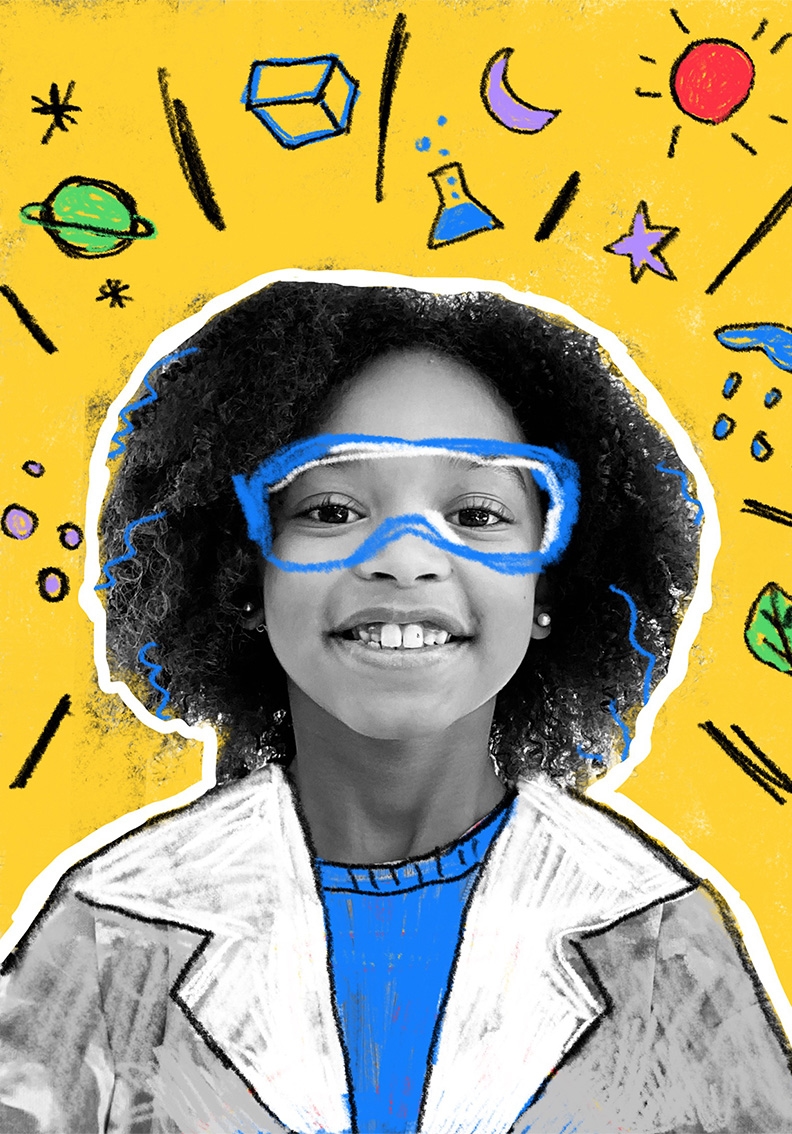
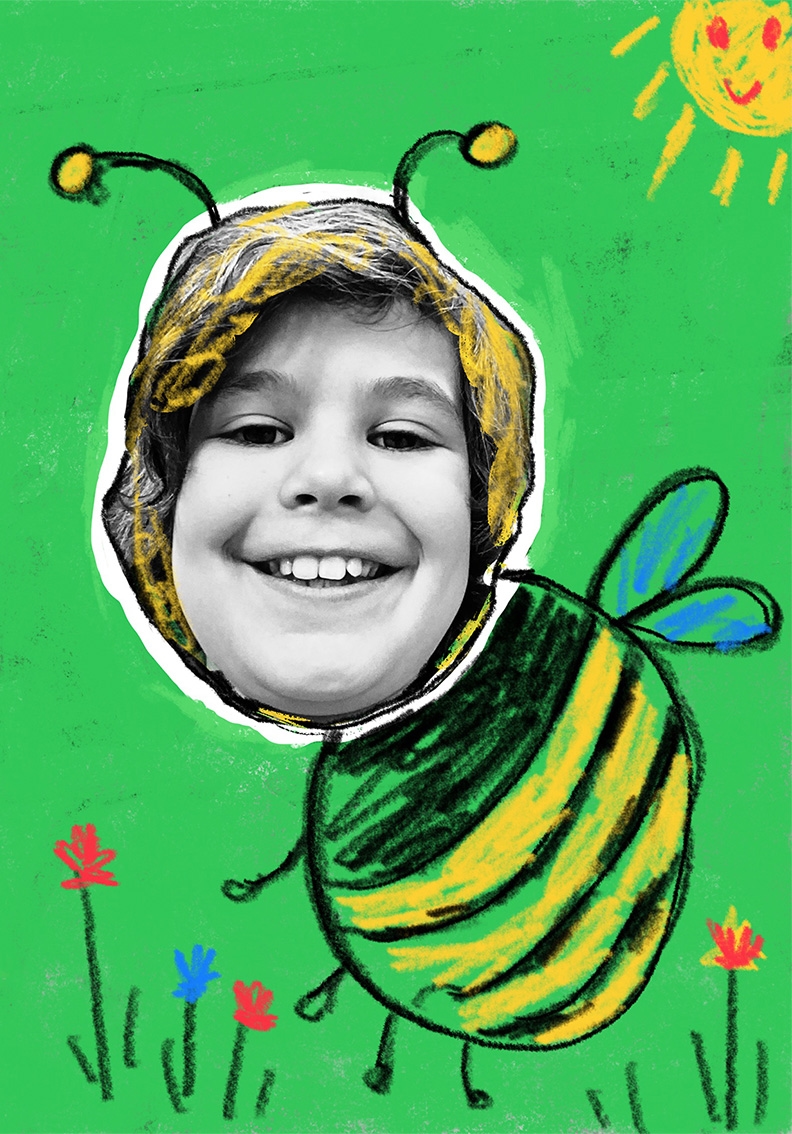

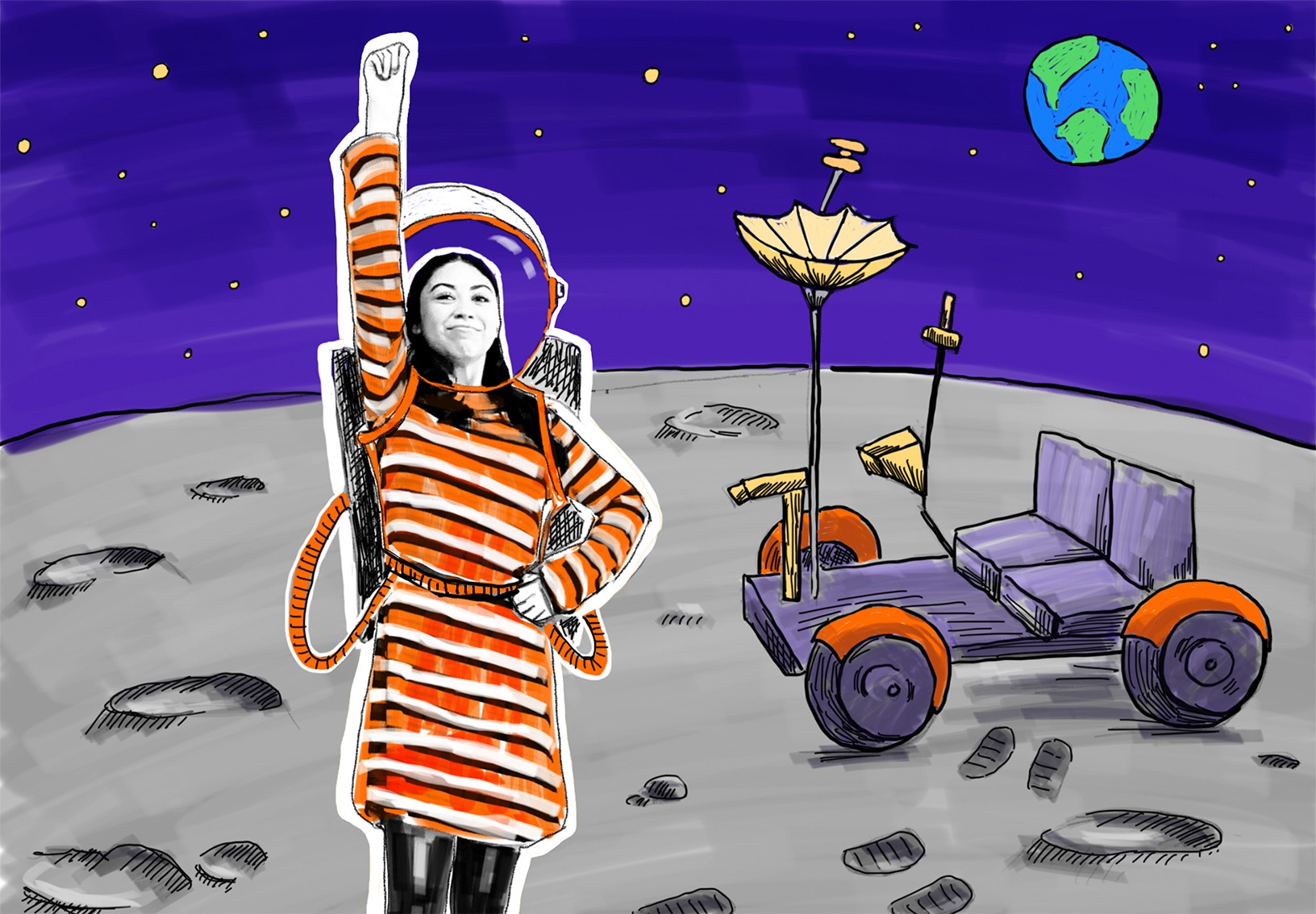
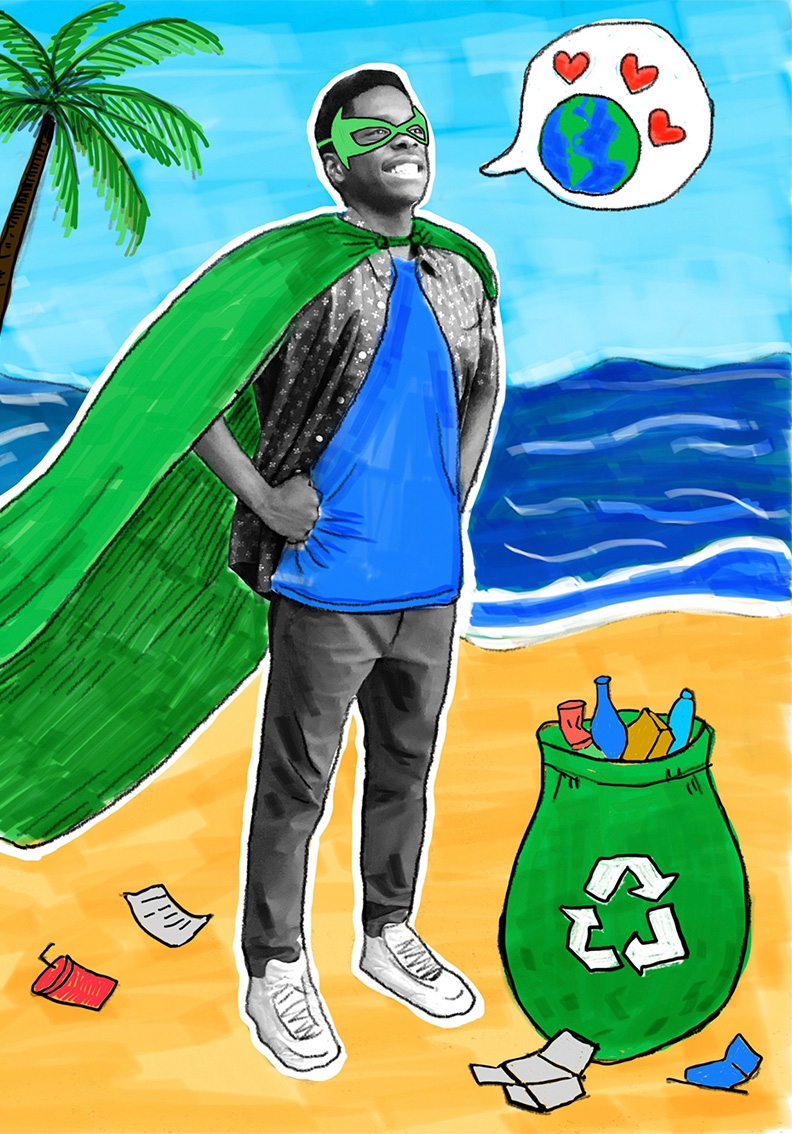
Create lessons that pop — just take a photo, apply some creative editing techniques, and let imaginations run wild.
Discover a world of possibilities.
Discover a world of possibilities.Posted by Karen Bosch
Posted by Karen Irwin
Posted by Chris Mier
Posted by Lindsay Fell
Posted by Janne Christensen
Posted by Megan McKellar
Posted by Janne Christensen
Posted by Tina Zita
Posted by Laury Bédard
Posted by Bethany LaDue Nugent
Inspire your inbox.
Get real stories about how schools are solving key challenges with Apple technology, plus updates on Apple products, programs, events, and more from Apple Education.
Sign upJoin the Community.
Become a member to start building new skills, exchanging ideas, and growing your professional learning network.
Sign inLearn moreIn Someone Else’s Shoes
Karen Bosch
Imagine stepping into the shoes of history's greatest figures! Using Markup on an iPad, students embark on a creative journey where they transform a photo of their shoe into a "brand" embodying the essence of a historical figure. Through the creative use of images, symbols, and colors, each shoe becomes a canvas that represents the student's deep understanding and appreciation of the life and legacy of their chosen historical person. So lace up, and let your shoes tell the story of people who shaped our world.
Through the Looking Glass
Karen Irwin
Come with me through a whimsical doorway into the world of storytelling and imagination. Using the theme of Alice in Wonderland, students are encouraged to put themselves in the place of the character — how would she be thinking and feeling in that moment when she finds a doorway in a tree, or a world down a rabbit hole? Through dialogue during the photography stage, to imagination during the Markup stage, students can really use the opportunity to explore a book character and develop empathy and understanding of the storyline and characters involved in the book they are reading.
Envisioning the Golden Ratio
Chris Mier
Embark on a journey into the realm of number sequences, where Fibonacci unravels the mysteries of the Golden Ratio. Imagine slicing a line to reveal segments in harmony: 61.8 cm and 38.2 cm, both echoing the magical 1.618. This mystical number, the Golden Ratio, graces the world of nature, art, and architecture, infusing them with a perfect blend of balance and beauty. Born from Fibonacci's quest to inject excitement into number patterns, it ignites a spark of wonder and creativity. Envision Fibonacci's portrait intertwined with his mesmerizing sequence, leading us on a journey to uncover the secrets of the Golden Ratio — a symphony of inspiration and discovery, unveiling the mathematical wonders of the universe.
Pollinator Pop Art
Lindsay Fell
I love to take my students outdoors for learning at any opportunity I get. Pollinator Pop Art provides a wonderful learning experience infused with a little adventure, exploration, and creativity. This is a great activity if you can access a nature trail or school community garden. Being outdoors, photography, and art‑making are all highly engaging ways to interact with new learning that's taking place in the classroom.
Revamping the Book Report
Janne Christensen
How to make students read more books and enjoy writing a book report? Well, the answer is easy. Create the world’s coolest book report. The final book report will be a book cover, where the front is a pop art picture of yourself as the main character from the book, and the text you write will go on the back of the cover. You can gather several covers into a Keynote presentation to create a digital book exhibition.
Patterns That Pop
Megan McKellar
Utilize blocks to craft a pattern that grows, shrinks, or repeats. Capture photographs of each stage, then apply pop art techniques to add depth to each image. This hands‑on activity not only reinforces pattern concepts but also introduces artistic elements, making it a dynamic addition to your lesson plan.
Pop Art Posters
Janne Christensen
Focusing on a topic theme — for example, ancient Egypt — use this project to summarize everything your students have learned via a colorful and engaging poster. Create pop art from a prominent subject within your topic and add thematic flourishes in the background — in this case, Egyptian hieroglyphs. When you’re done drawing, insert the picture into Pages and add facts about the topic or time period. Tip: Place a circle or square behind the factual statements to make them easier to read.
If Tools Could Talk
Tina Zita
Whether in small groups, pairs, or individually, invite learners to find a measurement tool and take a photo. Then turn it into a poster with the name, features of the measurement tool, and what it measures. By using the Create Pop Art project steps, we are able to connect abstract math terms to our lived world. This idea could easily be used with vocabulary in other curriculum areas.
First Nations Land Project
Laury Bédard
The “First Nations Land” project is designed to familiarize students with the history and geography of indigenous territories. By using Apple Maps and pop art techniques to explore and represent these territories, students gain a more nuanced and personal understanding of the subject. This visual strategy encourages students to actively observe and reflect on the geographical features that have influenced indigenous societies. This lesson has helped enrich my students’ learning experience and strengthened their ability to retain information meaningfully.
Predictive Pop Art
Bethany LaDue Nugent
In an effort to infuse creativity in literature class, I realized that by blending visual arts with predictions, we could create a more immersive experience for students. Students get in the driver’s seat, staging a photograph of a scene from the book, then add their predictions and revisit them along the journey through the story. Displaying their creations in the classroom as we wind our way through the book allows them to collectively witness their predictions evolving with the story. This hands-on approach promises to deepen students’ connection with the text and inject a fresh dose of energy into our learning adventure.



